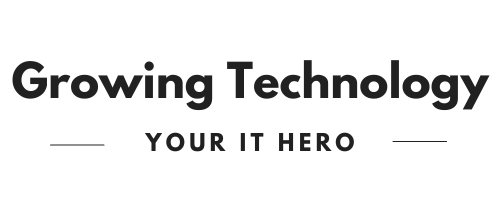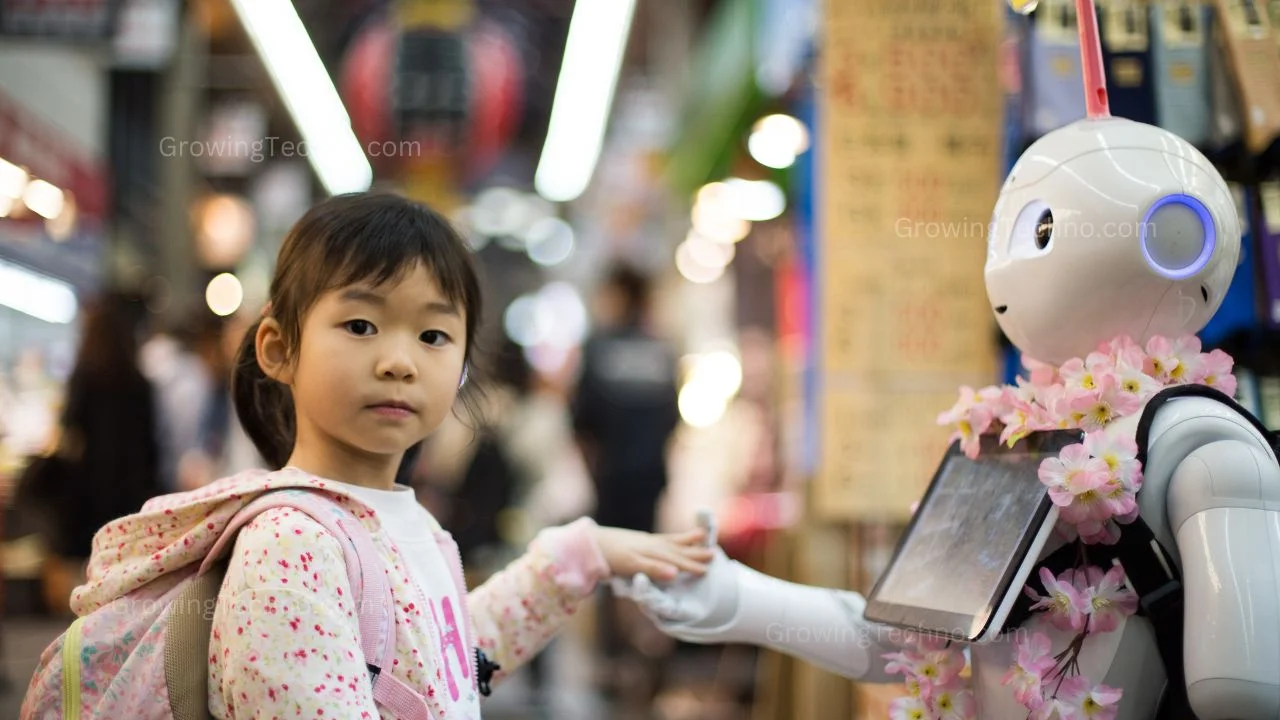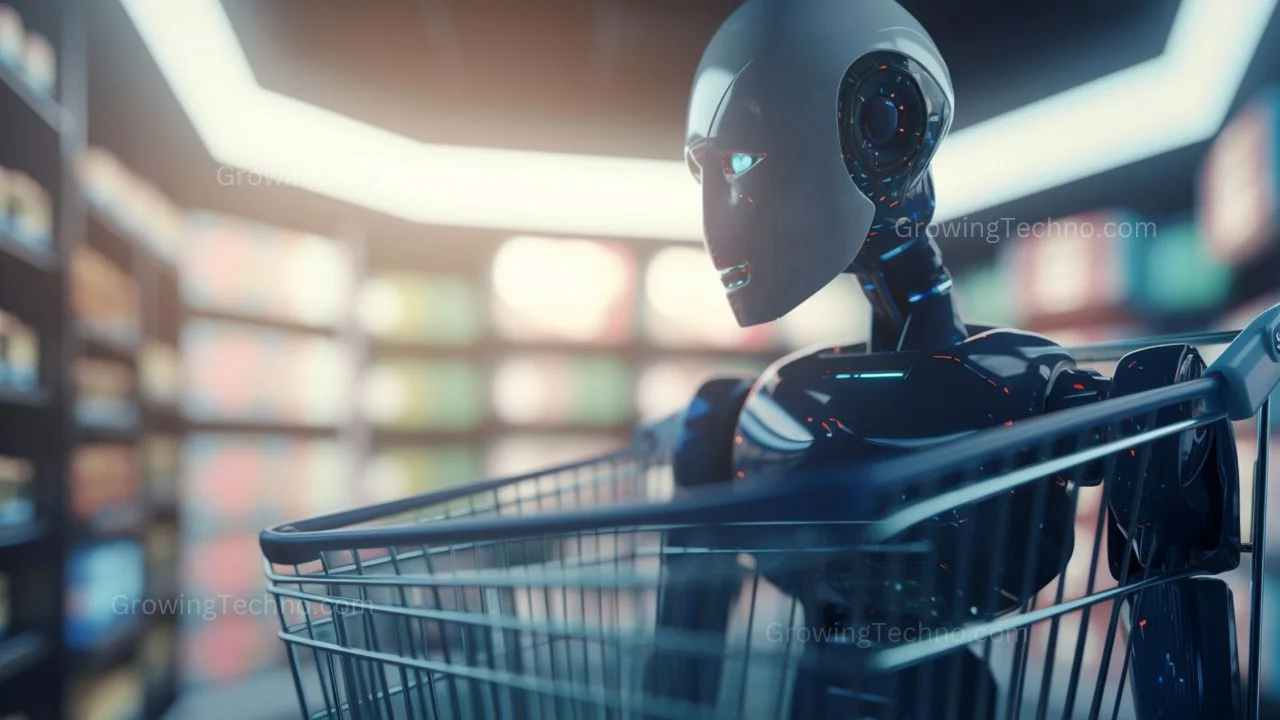
In a world where robots are no longer the stuff of science fiction but a tangible part of our everyday lives, the concept of a robot uprising has been a recurring theme in popular culture. From movies to novels, the idea of machines turning against humanity has captured our imagination for decades. But should we really fear the robot uprising, or is it time to consider joining it? Let’s delve into this intriguing question and explore how humans can coexist and even thrive in a world increasingly dominated by robots.
Embracing the Rise of the Machines
Robots, once confined to factory floors and industrial settings, have evolved into sophisticated beings capable of performing a multitude of tasks. From autonomous vehicles navigating our streets to AI-powered virtual assistants organizing our schedules, robots have quietly woven themselves into the fabric of modern life. Rather than viewing this rise with trepidation, we should embrace it as an opportunity for collaboration and growth.
The Fear of Job Displacement
One of the most common concerns about the robot uprising is the fear of job displacement. As automation becomes more prevalent, there is a worry that robots will replace human workers in various industries. While it’s true that automation can streamline certain tasks, it’s essential to recognize that robots can also complement human labor, ultimately enhancing productivity and freeing up employees to focus on more creative and strategic endeavors.
Redefining Roles in the Workforce
The integration of robots into the workforce necessitates a redefinition of job roles. Rather than resisting this change, we should embrace the opportunity to adapt and acquire new skills. The era of the robot uprising is also an era of human upskilling. By learning to work alongside robots, humans can become more valuable assets in the workplace.
The Collaborative Potential of Human-Robot Teams
Imagine a future where humans and robots collaborate seamlessly, each playing to their strengths. Robots excel in tasks that require precision and repetition, while humans thrive in roles that demand creativity, emotional intelligence, and complex decision-making. By forming human-robot teams, we can harness the collective capabilities of both, resulting in higher efficiency and innovation.

Unlocking Creativity and Innovation
Robots, with their ability to process vast amounts of data and perform complex calculations, can act as catalysts for human creativity and innovation. They can handle the tedious, data-driven aspects of a task, allowing humans to focus on ideation and problem-solving. This synergy between human ingenuity and robotic efficiency can lead to groundbreaking discoveries and advancements across various fields.
Enhancing Safety and Efficiency
Robots are not just infiltrating the workplace; they are also making headway in hazardous environments, from disaster-stricken areas to deep-sea exploration. By sending robots into dangerous situations, we can protect human lives while still accomplishing critical missions. This marriage of human oversight and robotic capabilities enhances safety and efficiency in high-risk scenarios.
The Human Touch in Customer Service
In the realm of customer service, robots are becoming valuable assets for handling routine inquiries and tasks. However, they can never fully replace the human touch when it comes to empathy and understanding. The robot uprising should encourage us to prioritize the human aspects of service, using automation to handle the mundane so that humans can focus on building meaningful connections with customers.
A Bright Future of Collaboration
As we stand on the precipice of the robot uprising, it’s evident that the real opportunity lies not in resisting but in embracing this technological shift. By working alongside robots, we can redefine our roles, enhance our skills, and unlock new levels of creativity and innovation. The future of collaboration between humans and robots holds the promise of a more efficient, safe, and prosperous world.
So, do not fear the robot uprising. Join it. Together, we can build a future where humans and machines coexist harmoniously, each contributing their unique strengths to create a better world.
Note: This article is a creative piece that explores futuristic concepts and ideas.
Found this helpful? Share the wisdom!





















